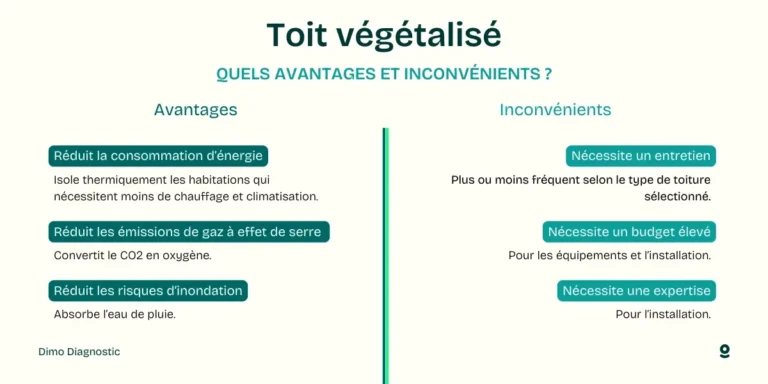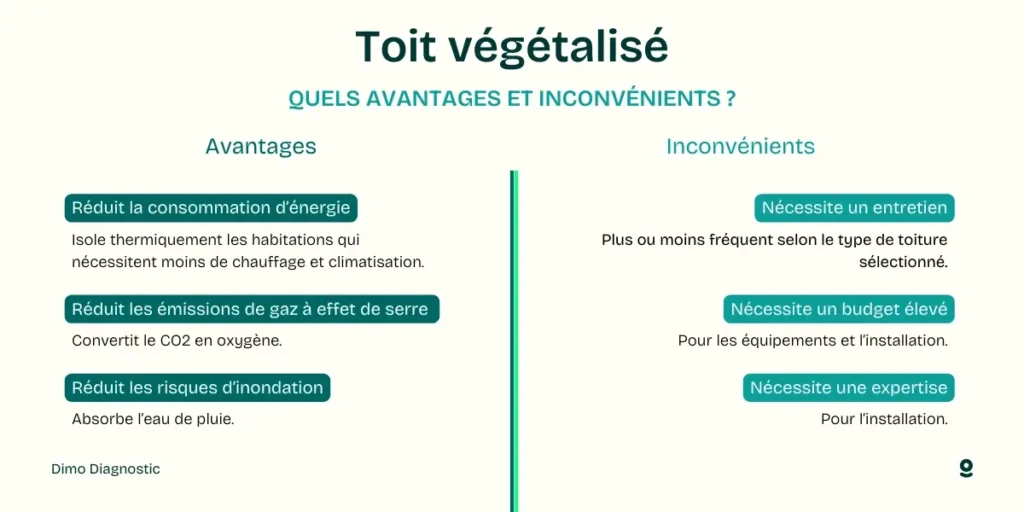“`html
Kevin Czinger rethinks manufacturing through innovation. Divergent Technologies is at the forefront of 3D technology. The advancements promise a revolution in the military sector.
With expertise in 3D technology, Divergent Technologies manages to reduce manufacturing time from 12 days to just 18 hours. This increased efficiency allows for the rapid delivery of Predator and Reaper drones, while reducing costs by more than 50% for the armed forces. Moreover, the company aligns with the current policies of President Trump aimed at reviving traditional manufacturing. By optimizing processes, Divergent Technologies actively contributes to revitalizing the national manufacturing industry.
Table of Contents
ToggleYou May Be Interested In…
-
Chris Sununu on Senator Lindsey Graham: “He’s the idiot who told me that no one cares about budget balance, no one cares about government efficiency.”
Mar 20, 2025 -
Jamie Metzl supports reform of the Department of Education but fears that its dissolution by an executive order might do more harm than good.
Mar 20, 2025 -
Rep Jason Crow: Local governments should handle transgender athletes participating in women’s competitions, not the federal government.
Mar 20, 2025 -
Cliff May: President Trump needs to put serious pressure on Putin, or Putin won’t give an inch.
Mar 19, 2025 -
Benjamin Hall on the importance of family which means much more to him now than before.
Mar 18, 2025 -
Rep Ro Khanna (D-CA): It’s a mistake for Democrats to criticize Tesla and become the anti-technology party.
Mar 18, 2025
Introduction to 3D Printing in Military Drone Manufacturing
Technological innovation continues to transform the defense landscape. Kevin Czinger, executive chairman of Divergent Technologies, shares his vision on how 3D printing is revolutionizing military drone manufacturing. By drastically reducing production time and costs, this technology promises to make armed forces more efficient and responsive. This article delves into the benefits of 3D printing in the production of drones such as Predator and Reaper, while highlighting its impact on traditional manufacturing policies supported by the government.
How Does 3D Printing Reduce Military Drone Manufacturing Time?
According to Kevin Czinger, 3D printing enables the manufacturing time of military drones to be reduced from 12 days to just 18 hours. This dramatic reduction is made possible by the ability to produce complex parts in a single step, eliminating the need for multiple traditional manufacturing processes. Furthermore, 3D printing offers increased design flexibility, allowing for quick adjustments in response to specific military mission needs.
For example, the production of Predator and Reaper drones can be optimized by manufacturing components directly from digital models, thus reducing delays associated with the conventional supply chain. This approach also allows for faster maintenance on the field, as replacement parts can be printed on demand, minimizing operational interruptions.
To learn more about advancements in 3D printing in the military domain, check out this article.
What are the Financial Benefits of Using 3D Printing in Drone Production?
One of Kevin Czinger’s main arguments in favor of 3D printing is the reduction in production costs by more than 50%. This significant saving is primarily due to decreased material, labor, and traditional manufacturing infrastructure needs. Additionally, 3D printing allows for rapid prototype production, speeding up the development process and minimizing expenses associated with trial and error.
By optimizing resources and reducing waste, 3D printing also contributes to a more efficient use of defense budgets. This financial efficiency allows military personnel to reallocate funds to other priority areas, such as research and development of new technologies.
To find out how 3D printing influences costs in other sectors, visit this page.
How Does 3D Printing Support Traditional Manufacturing Policies?
Kevin Czinger’s vision aligns with government efforts to revitalize traditional manufacturing in the United States. By integrating 3D printing into production processes, it is possible to modernize existing infrastructures while preserving jobs in the manufacturing sector. This hybrid approach combines the advantages of traditional manufacturing with the flexibility and efficiency of 3D printing.
Moreover, the use of 3D printing in military manufacturing can inspire other industries to adopt similar technologies, thereby creating a more robust and competitive innovation ecosystem. By supporting policies for a return to domestic manufacturing, 3D printing helps enhance technological independence and reduce reliance on foreign suppliers.
To explore how 3D printing fits into national manufacturing policies, check out this article.
What Are the Challenges Associated with Adopting 3D Printing in Military Manufacturing?
Despite its numerous advantages, the adoption of 3D printing in military drone manufacturing presents certain challenges. One of the main obstacles is the need to ensure the safety and reliability of printed parts, particularly in critical applications like surveillance and combat drones. It is essential to develop rigorous standards and quality controls to ensure that components meet strict military requirements.
Another challenge lies in integrating this technology within existing production systems. Companies must invest in training their staff and acquiring new skills to fully leverage 3D printing. Additionally, the transition to additive manufacturing methods requires a reassessment of logistical processes and supply chains to maximize efficiency and minimize disruptions.
To learn more about the technological and logistical challenges of 3D printing, check out this article.
How Does 3D Printing Influence Innovation in the Military Domain?
3D printing opens new possibilities for innovation in the military field by enabling rapid development of prototypes and customization of drones according to specific mission needs. This technology facilitates experimentation with new designs and materials, thus accelerating the research and development process.
Thanks to 3D printing, teams can iterate more quickly, testing different configurations and optimizing drone performance in real-time. This leads to continuous improvements and more frequent innovations, thereby enhancing the armed forces’ ability to adapt to emerging threats and changing battlefield requirements.
To discover concrete examples of innovation through 3D printing, visit this page.
What Are the Long-Term Impacts of 3D Printing on National Defense?
The integration of 3D printing into military drone manufacturing has profound implications for national defense. In the long term, this technology can transform the way military equipment is designed, produced, and maintained. By fostering a more agile and adaptable production approach, 3D printing enables armed forces to respond more quickly to changing needs and maintain a technological edge on the ground.
Furthermore, 3D printing contributes to the sustainability and resilience of military infrastructures. By enabling the local production of parts and equipment, it reduces dependence on international supply chains, thereby enhancing national security and strategic autonomy.
To delve into the long-term implications of 3D printing in defense, check out this article.
Case Studies and Testimonials on 3D Printing in Defense
Several pilot projects and collaborations demonstrate the effectiveness of 3D printing in military drone manufacturing. For instance, Divergent Technologies has collaborated with various defense agencies to produce customized drones in record time, thus meeting specific missions with increased precision. These case studies illustrate how 3D printing can be seamlessly integrated into military operations, providing quick and cost-effective solutions.
Testimonials from military officials also highlight the importance of this technology in improving logistics and maintenance on the field. The ability to produce spare parts on site reduces wait times and increases the operational availability of drones, thereby enhancing overall mission effectiveness.
To read testimonials and detailed case studies, visit this page.
The Future of 3D Printing in Defense
The future of 3D printing in defense looks very promising, with ongoing innovations and growing adoption in various aspects of military production. Research is focused on improving the materials used, reducing costs, and increasing printing speed, which will meet the stringent requirements of military applications.
Furthermore, the integration of artificial intelligence and automation with 3D printing could open new avenues for customization and optimization of military equipment. These technological advancements will enable the development of even more efficient drones, capable of adapting in real-time to battlefield conditions.
To explore future trends in 3D printing in defense, check out this article.
3D printing represents a revolution in military drone manufacturing, offering significant advantages in terms of time, costs, and innovation. Thanks to leaders like Kevin Czinger and innovative companies like Divergent Technologies, national defense can benefit from cutting-edge technologies that increase the efficiency and responsiveness of armed forces. As 3D printing continues to evolve, its integration into military manufacturing promises to transform the future of defense, making missions safer and more effective.
You May Be Interested In…
-
Chris Sununu on Senator Lindsey Graham: “He’s the idiot who told me no, no one cares about budget balance, no one cares about efficiency in government.”
Mar 20, 2025 -
Jamie Metzl supports reform of the Department of Education but worries that dissolving it by executive order could do more harm than good.
Mar 20, 2025 -
Rep Jason Crow: Local governments should deal with transgender athletes playing in women’s sports, not the federal government.
Mar 20, 2025 -
Cliff May: President Trump needs to put serious pressure on Putin or Putin won’t yield.
Mar 19, 2025 -
Benjamin Hall on the importance of family now.
Mar 18, 2025 -
Rep Ro Khanna (D-CA): It’s a mistake for Democrats to denigrate Tesla and become the anti-technology party.
Mar 18, 2025
















